What is a medical device? This crucial question often arises when bringing medical devices to market. Determining whether your product qualifies as a medical device, and in which countries it does or does not, is essential.
Classification as a medical device can bring about certain constraints. Yet, it may also enhance your product’s perceived value, safety, and performance in the eyes of customers.
Typically, manufacturers don’t have much say in this classification; it’s largely dictated by the target markets. Definitions and regulations regarding medical devices vary significantly across different countries.
In this blog post, we aim to guide you through this intricate landscape, offering a concise overview of key regulations, highlighting their similarities and differences.
What is a medical device: key definitions and regulations
What is a medical device? Well, everything starts with the definition of a medical device in the regulation, BUT:
- not all regulations (e.g. old VS new in the EU) use the same definition,
- and not all countries use the same definition.
Therefore, it is important to consider in which countries you want to launch your product and what medical device (or other) regulations (still) apply.
Overview of countries
Medical devices in Europe: MDD vs MDR
Now, all manufacturers must comply with the MDR, but there are still products on the market that have been evaluated under the MDD and were not previously considered medical devices.
So beware: your product may not have been a medical device under the MDD, but it may have become one under the MDR! If so, you’ll have to obtain the CE marking for medical devices to stay on the market. The change impacts new AND old products that now fall under the new definition.
|
Definition of a medical device according to 2017/745 MDR – article II
and which does not achieve its principal intended action by pharmacological, immunological, or metabolic means, in or on the human body, but which may be assisted in its function by such means. |
As you can see, some products – that were previously not regarded as medical devices – became medical devices according to the new ruling definition of medical devices in Europe.
Take “devices for the support of conception“, for example. In the MDD, the control of conception was part of the definition but not the support of conception, as is the case in many countries. Now, some regulation does not mention it specifically.
Medical devices in the USA: the FDA’s definition
The FDA considers a product to be a device, and subject to FDA regulation, if it meets the definition of a medical device per Section 201(h) of the Food, Drug, and Cosmetic Act.
|
Definition of a medical device per Section 201(h) of the Food, Drug, and Cosmetic Act An instrument, apparatus, implement, machine, contrivance, implant, in vitro reagent, or other similar or related article, including a component part, or accessory which is:
which does not achieve its primary intended purposes through chemical action within or on the body of man or other animals and which is not dependent upon being metabolized for the achievement of its primary intended purposes. The term “device” does not include software functions excluded pursuant to section 520(o). |
So, currently, there is also a significant difference between the FDA’s and the MDR’s definition:
- The FDA includes IVD into the definition of a medical device. In Europe, IVD follows another regulation even if it is called In-Vitro diagnostic medical devices. Consequently, it is also considered as a medical device.
- The FDA’s definition includes all devices that are used to treat animals as well. In Europe, this isn’t the case.
- Software is also considered differently in medical device definitions sometimes mentioned, but most of the time not stipulated.
In some countries spare part are also considered as medical device.
Australia
Australia is in the process to review its medical device definition and it will be aligned with MDR.
Japan
In Japan, the term “medical device” as used in the Law (Pharmaceutical and Medical Device Act or PMD Act) refers to medical appliances or instruments (excluding regenerative medicine products) intended for use in the diagnosis, treatment, or prevention of disease in humans or animals, or intended to affect the structure and functions of the bodies of humans or animals, as specified by Cabinet Order.
Thailand
In Thailand, ‘medical device’ means
- Equipment, products, or articles used in the medical profession; the profession of nursing and midwifery, of the clinical practice of medicine or of veterinary as prescribed by the legislation concerned;
- Equipment, products, or articles that have effects on the health, the structure or any functions of the human or animal body;
- Constituents, components, accessories or parts of the equipment, products, or articles under (1) or (2);
- Other equipment, products or articles prescribed by the Minister as medical device by publication in the Government Gazette; “Produce” means make, assemble or devise; repackage separately or collectively; as well as recycle by transmuting, modifying or sterilizing.
Taiwan
In Taiwan, medical devices are instruments, equipment, apparatus, accessories and spare parts which are used for diagnosing, curing, alleviating and directly preventing human diseases, or changing the structure and function of the human body.
Indonesia
In Indonesia, medical devices are instruments, apparatuses, machines and/or implants that do not contain medicines used to prevent, diagnose, cure, and relieve diseases, treat sick people, recover human health and/or form structures and correct the body function. Based on the objective of use as meant by the producer, medical devices may be used individually or in combination for human beings with one or several purposes as follows:
- Diagnosis, prevention, monitoring, treatment, or reduction of diseases;
- Diagnosis, monitoring, treatment, reduction, or compensation of sick condition;
- Investigation, replacement, modification, anatomical support, or physiological process;
- Support or maintain life;
- Obstruct fertilization;
- Disinfectant of medical devices;
- Provide information for medical or diagnosis purposes through the in vitro test on the specimen and human body
Argentina
In Argentina, a medical product is a health product such as equipment, apparatus, material, item, or system of application use medical, dental or laboratory, for the prevention, diagnosis, treatment, rehabilitation, or that does not use contraception and pharmacological, immunological, or metabolic to perform its primary function in humans, can meanwhile be assisted in its function by such means. (Disposición 2138/2002).
Brazil
In Brazil, a medical device is a healthcare product, such as equipment, devices, materials, articles, or systems for medical, odontological, or laboratory use or application, intended for prevention, diagnosis, treatment, rehabilitation, or anti-conception and that does not use pharmacological, immunological, or metabolic means to fulfil its main function in human beings, but have its functions assisted by such means. (RDC 185/2001, Annex I.)
Algeria
In Algeria, a medical device is equipment, a device, an instrument or a product, with the exception of human origin products or other article used alone or in combination, including accessories or software interfering in its functioning for use in humans for purposes: diagnosis, prevention, monitoring, treatment or alleviation of disease or compensation for an injury or handicap; study, replacement or modification the anatomy or of a physiological process; control of medically assisted procreation. (Loi n° 08-13, Art. 6).
Egypt
In Egypt, a medical device is any medical device or machine tool application of medical or medical use, whether alone or with any other supplements such as those required for special applications are running, which developed for human use of the following goals and targets:
- Diagnose, prevent, or control or cure or mitigation of disease analgesia;
- Diagnosis, control or cure or mitigation of analgesia or compensation for any disability or disability; Check or compensation or to improve the work of Physiology and autopsy;
- Prevent pregnancy.
Such as:
- Devices that are running through a power source;
- Devices planted the human body, and self-working power source;
- Purpose-designed equipment for specific purposes;
- Devices designed for clinical studies;
- Hardware diagnostic test.
And which cannot be achieved through:
- Medical drugs;
- Immune serum;
- Metabolism.
Conclusion and next steps
As you can see, whether your product is a medical device or not depends on the market(s) you want to reach. Definitions vary from country to country, as do regulations. So it’s important to:
- Step 1: define all countries you want to market
- Step 2: check the definition of a MD in those countries
- Step 3: define the risk classification of the device by countries
Next:
- Step 4: prepare your technical documentation accordingly
- Step 5: submit your technical file to the competent authorities







.png?width=109&height=108&name=Pharma%20(2).png)
.png?width=111&height=108&name=Medical%20Devices%20(2).png)
.png?width=84&height=107&name=IVD%20(2).png)
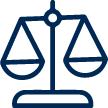
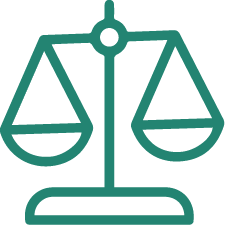

.png)


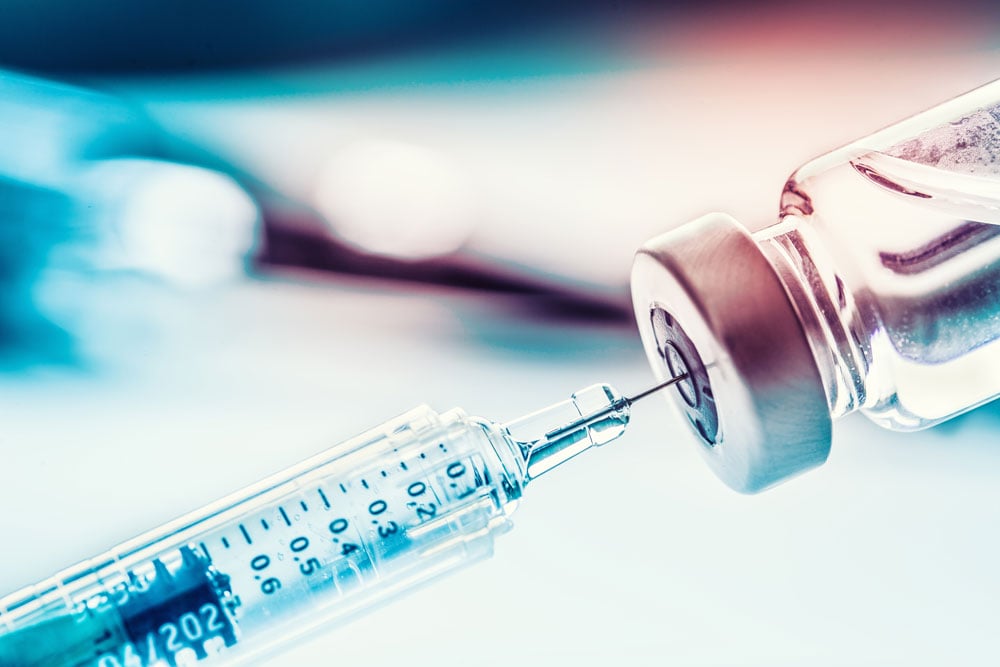
%20Checklist.jpg)
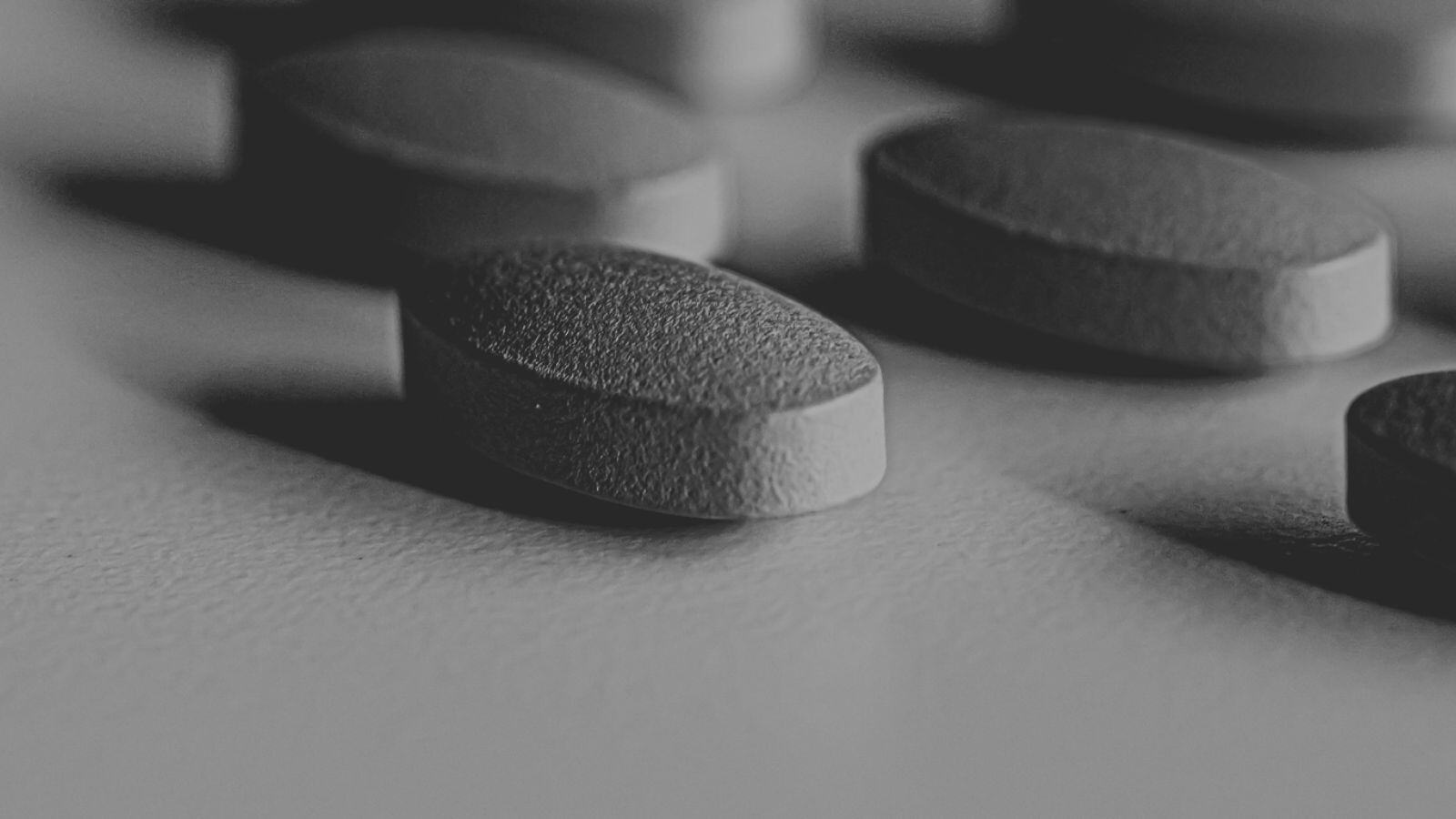
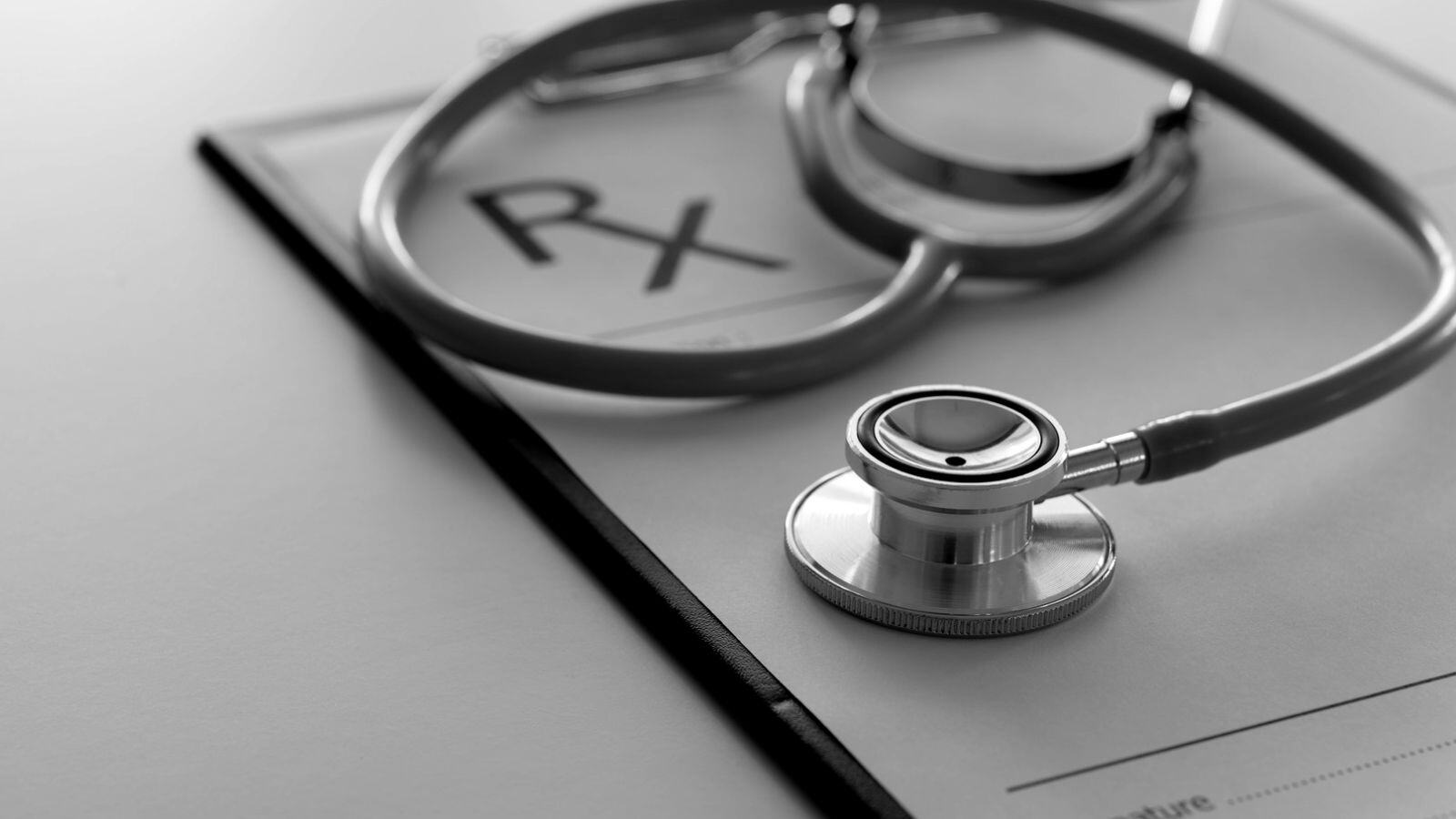
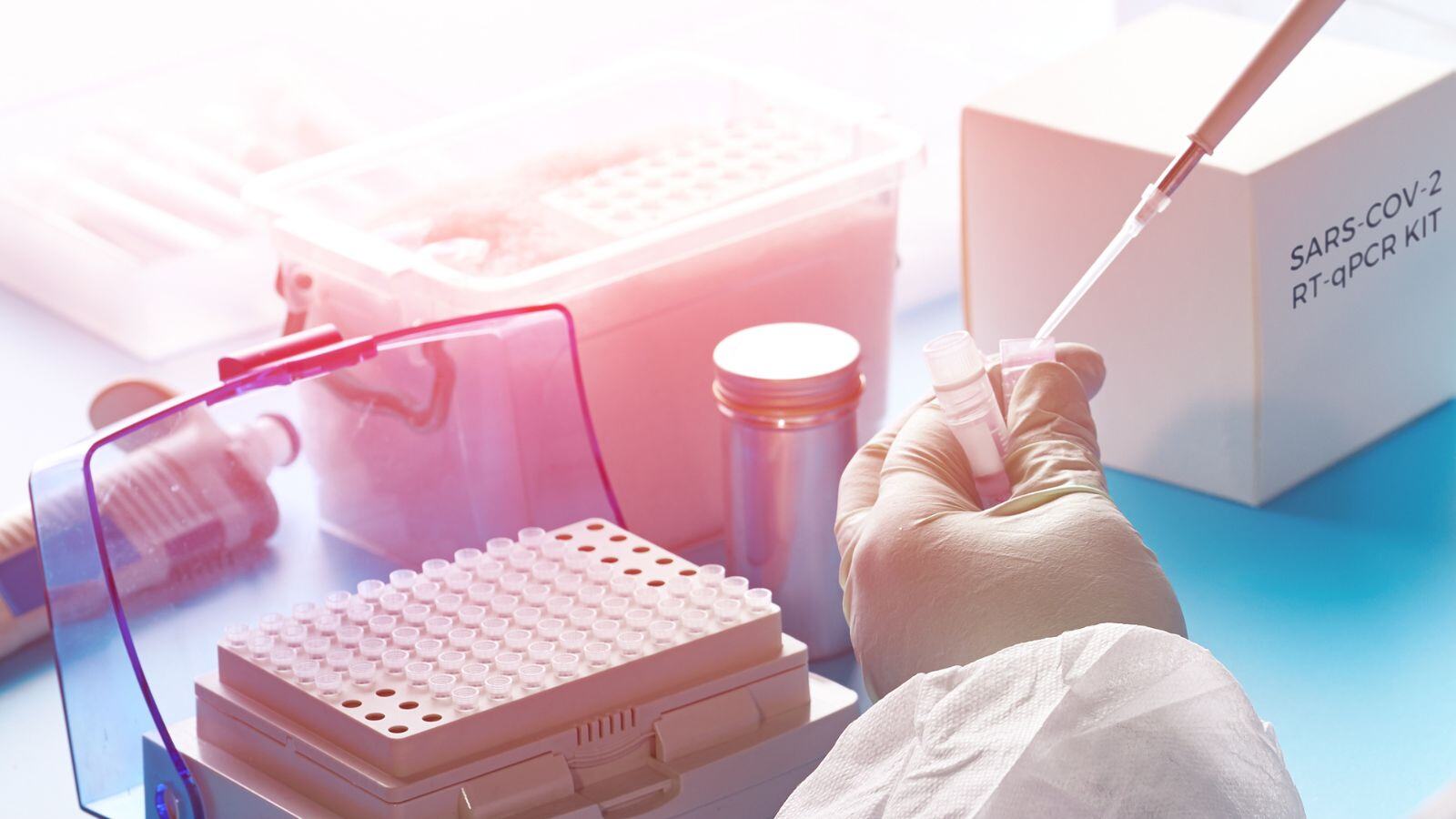
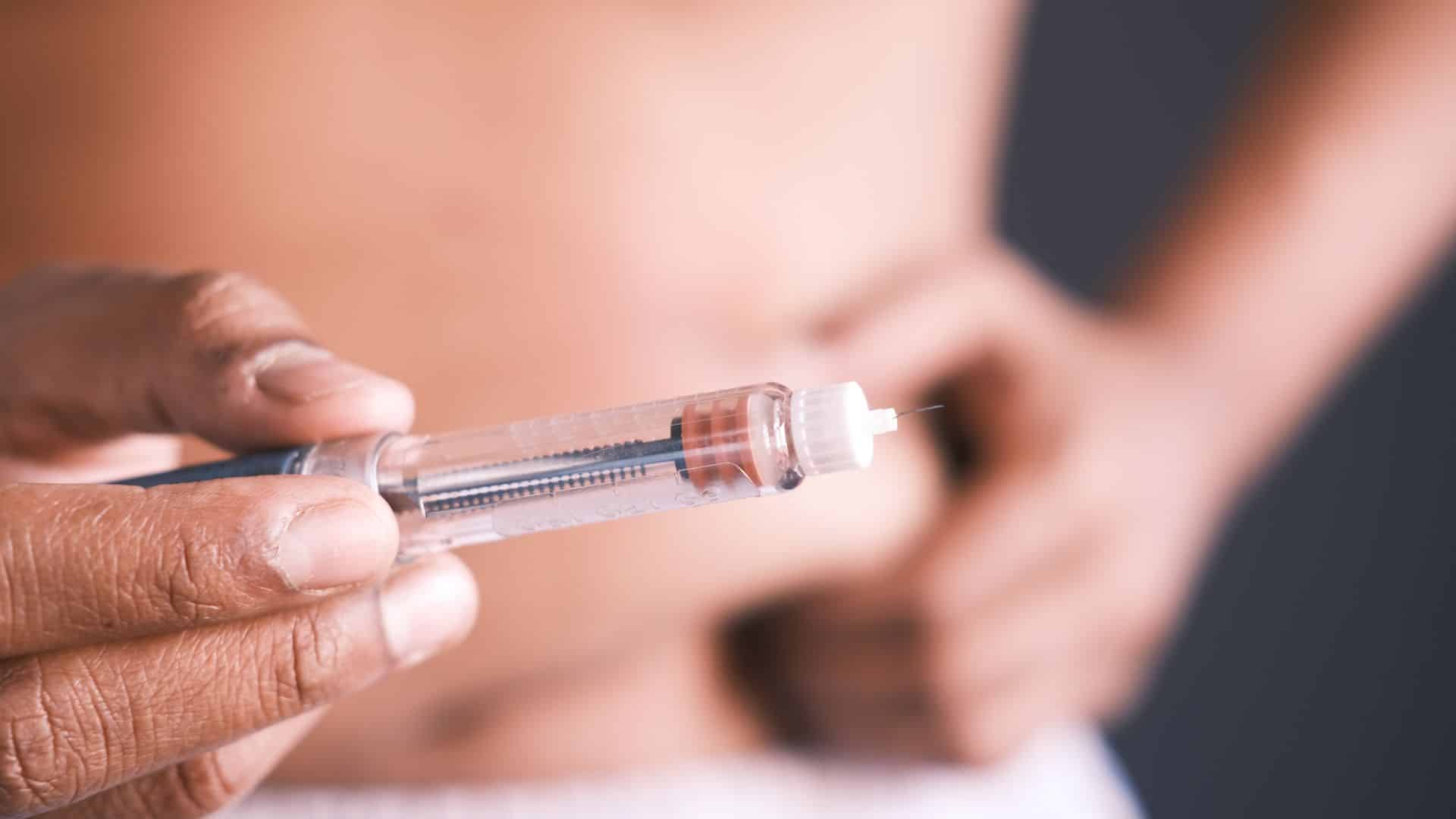
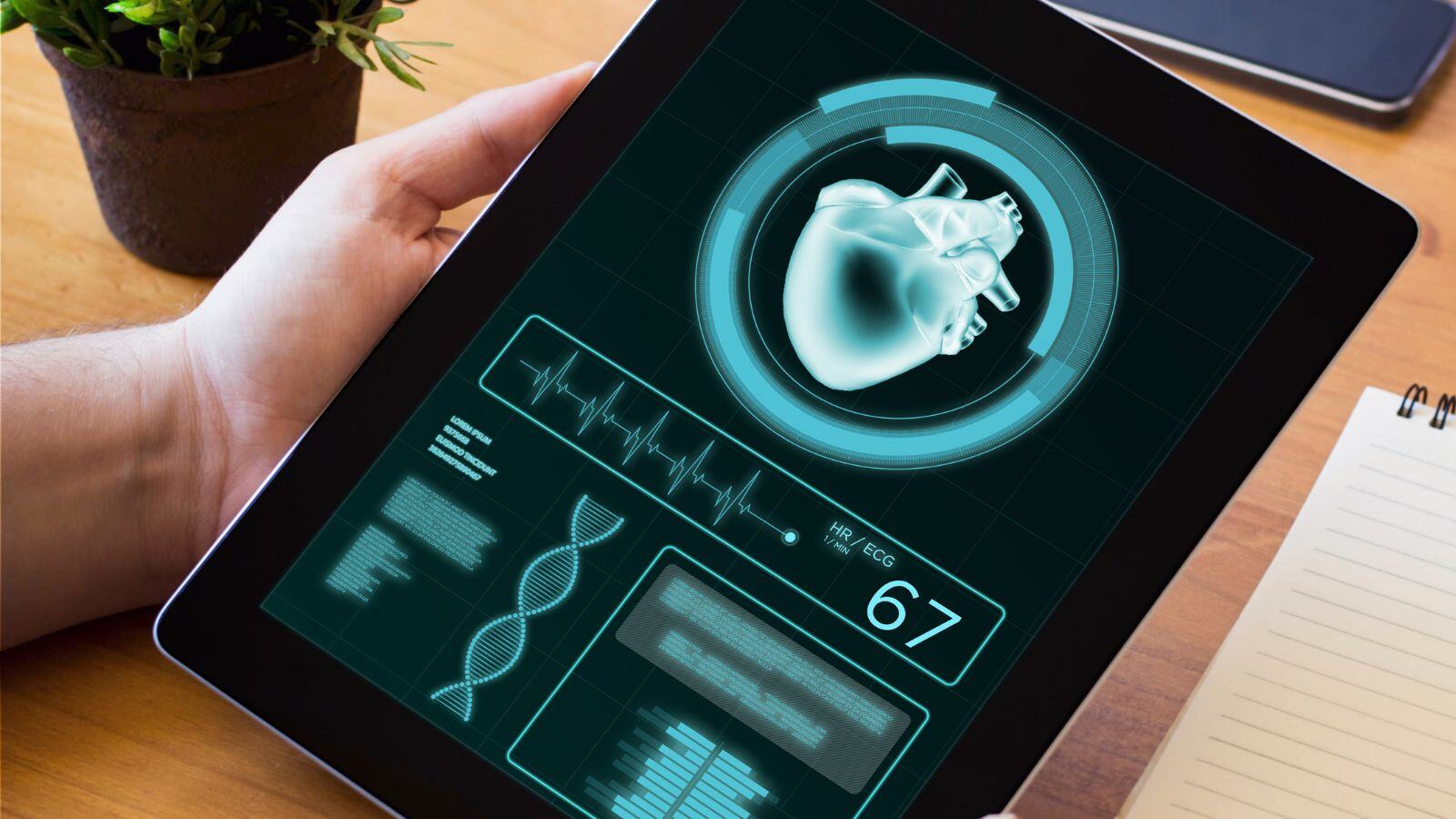

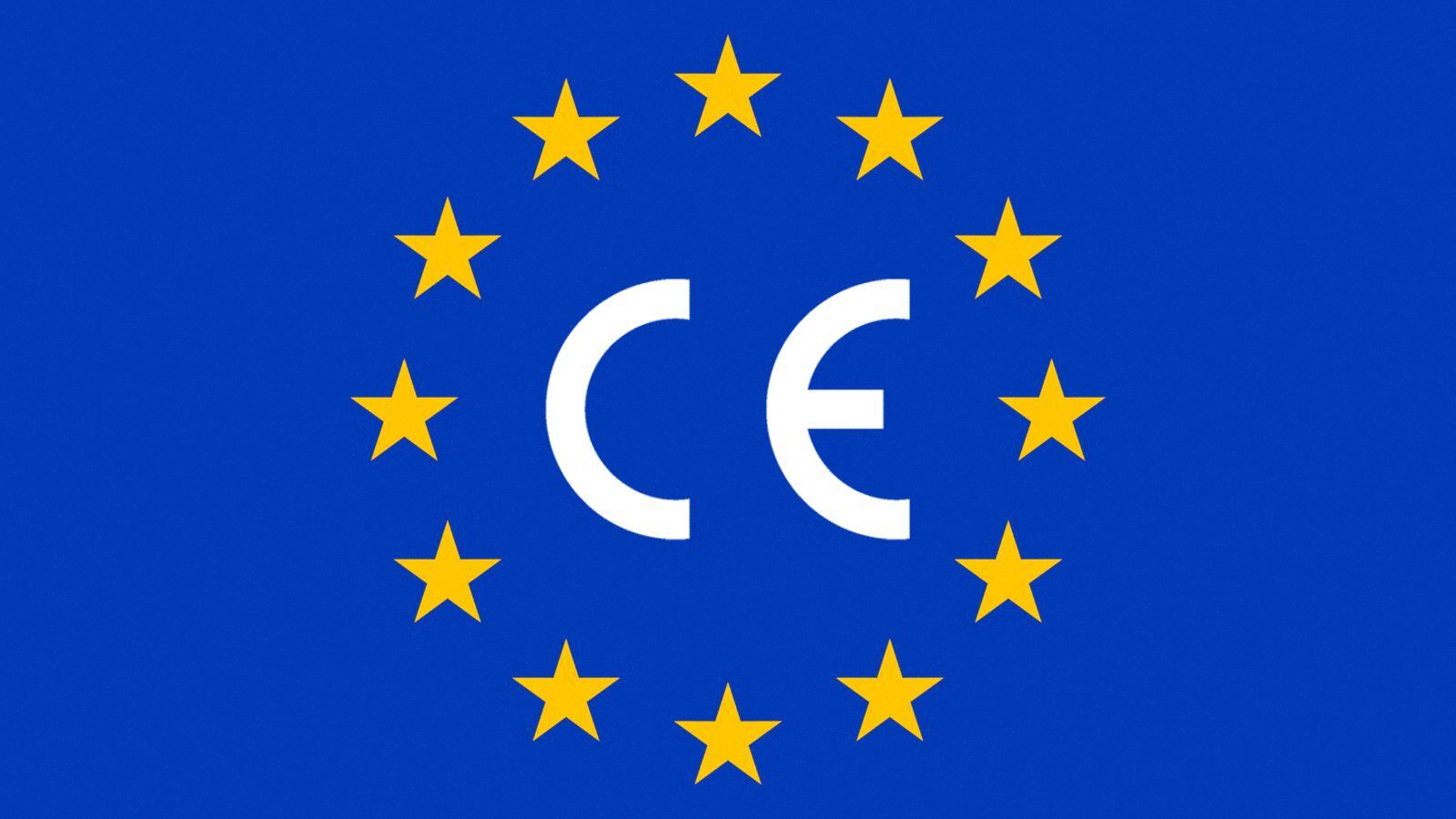

.jpg)
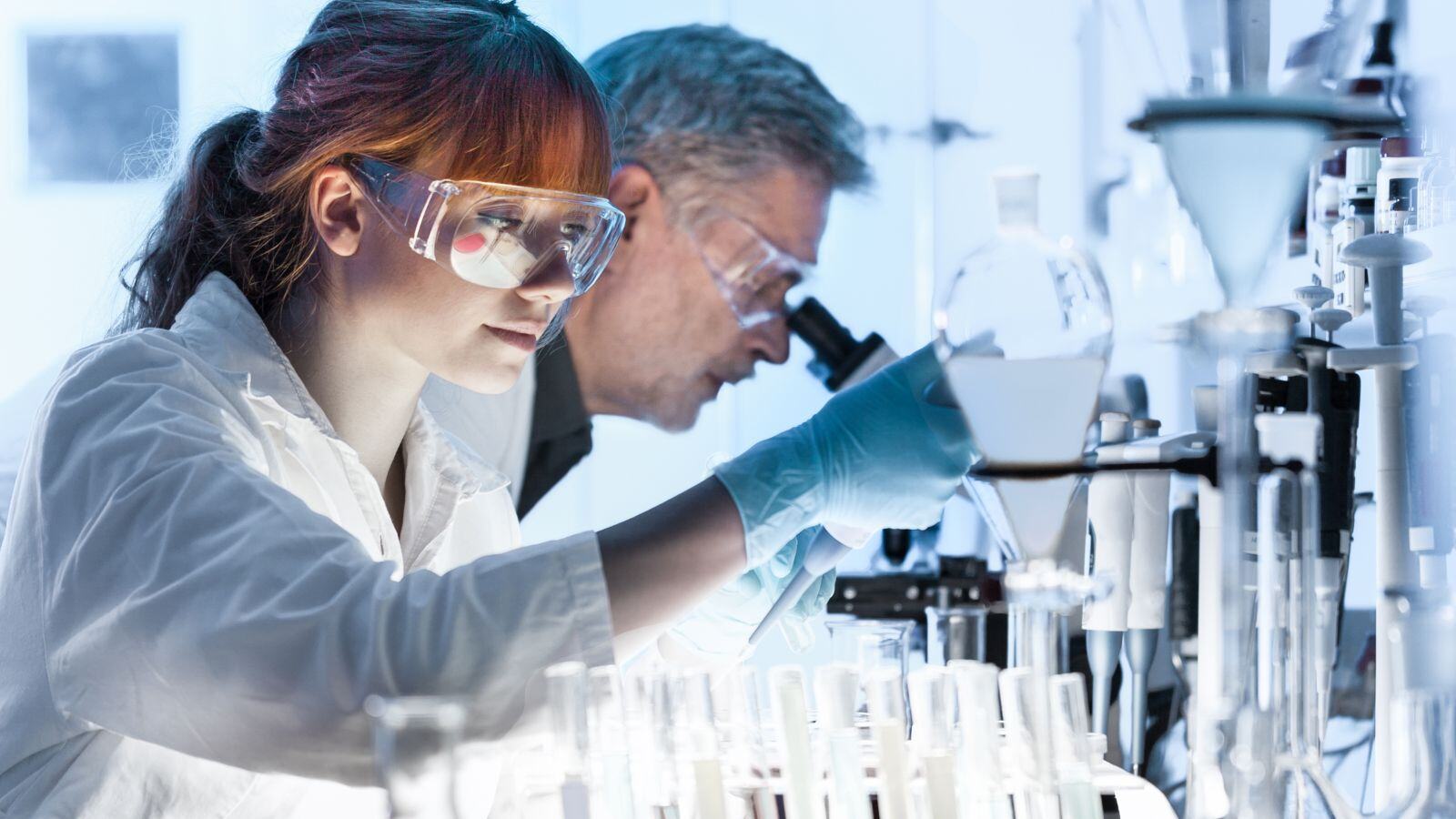
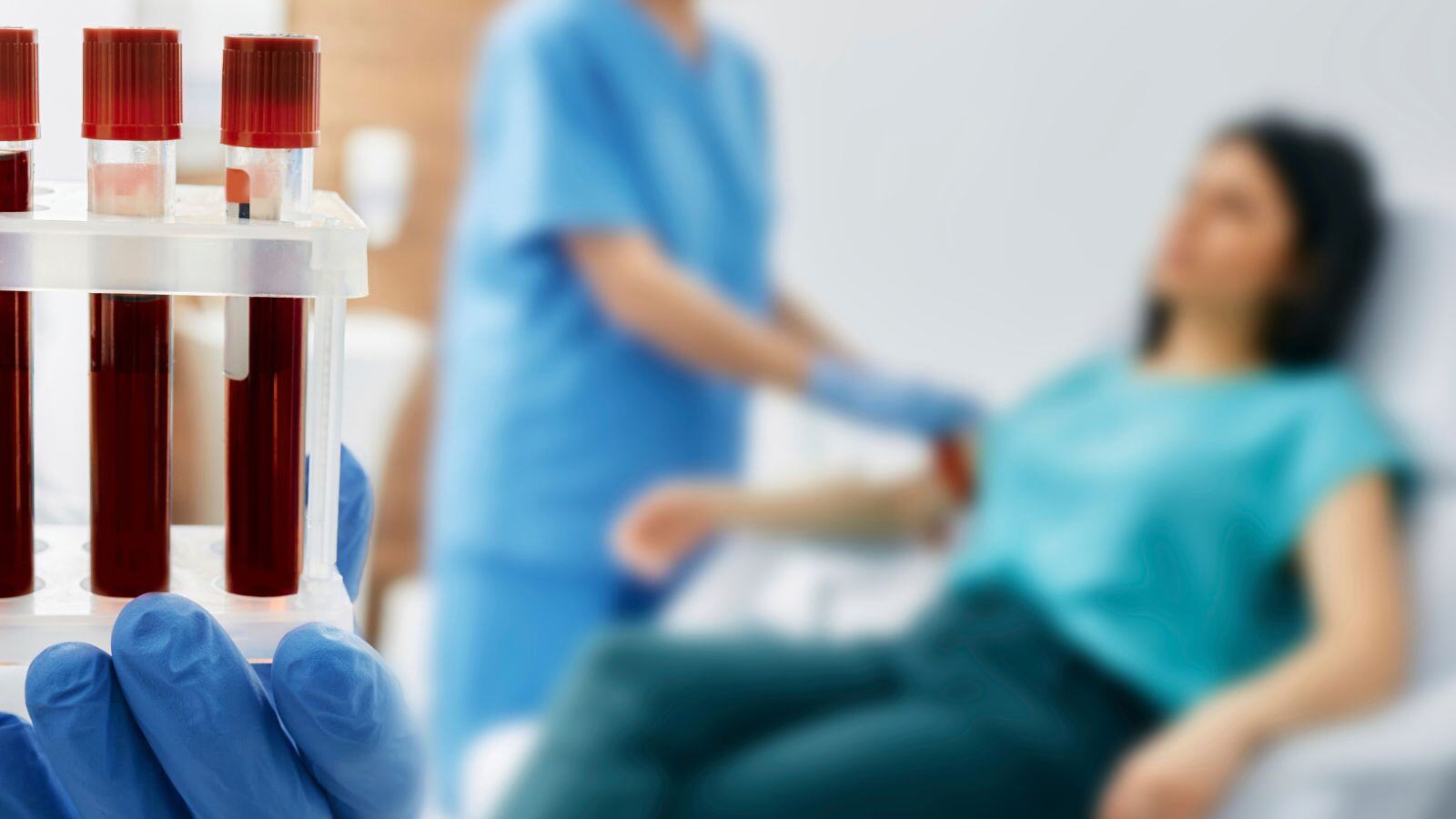


.jpg)
.jpg)
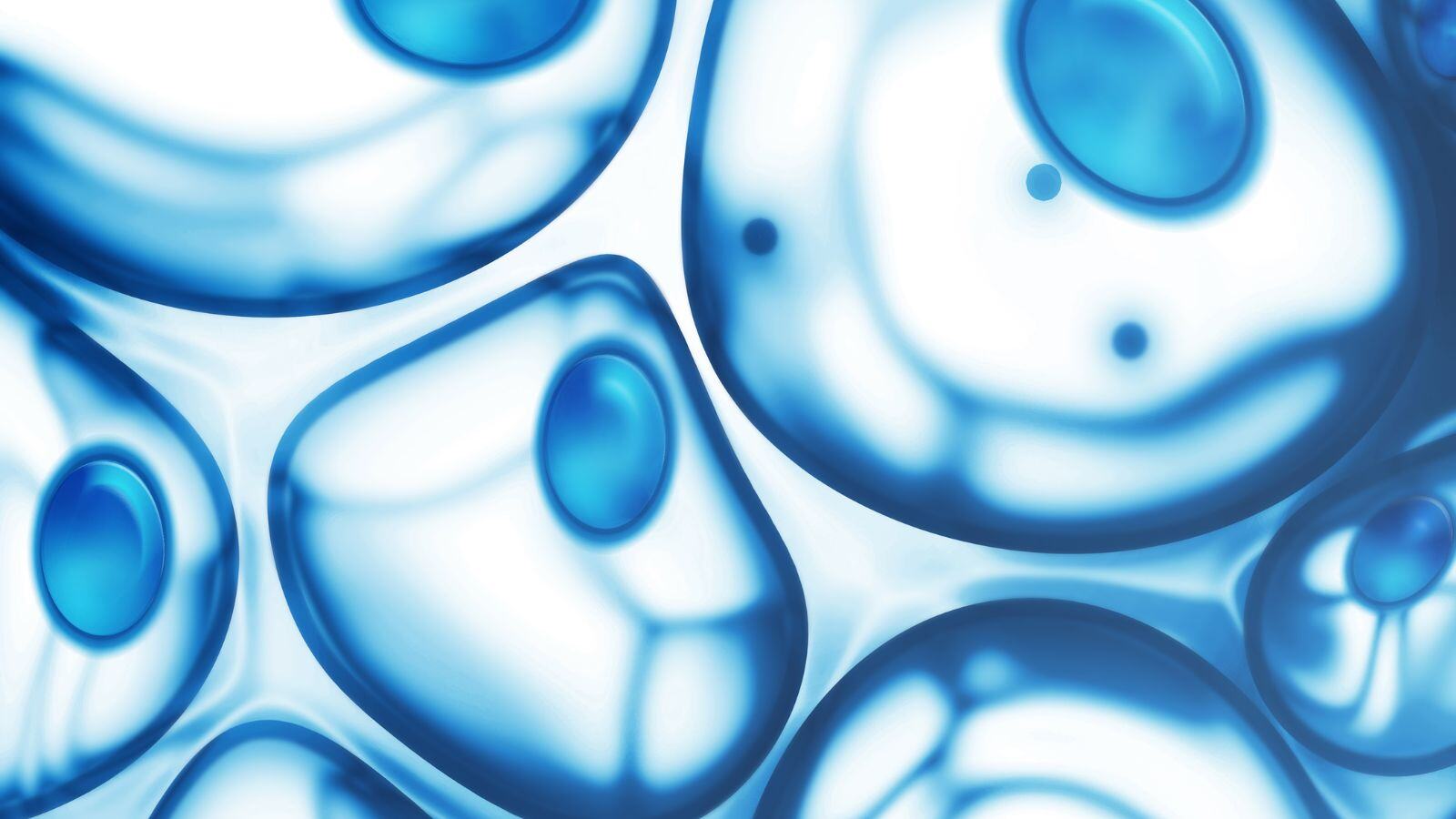
.jpg)
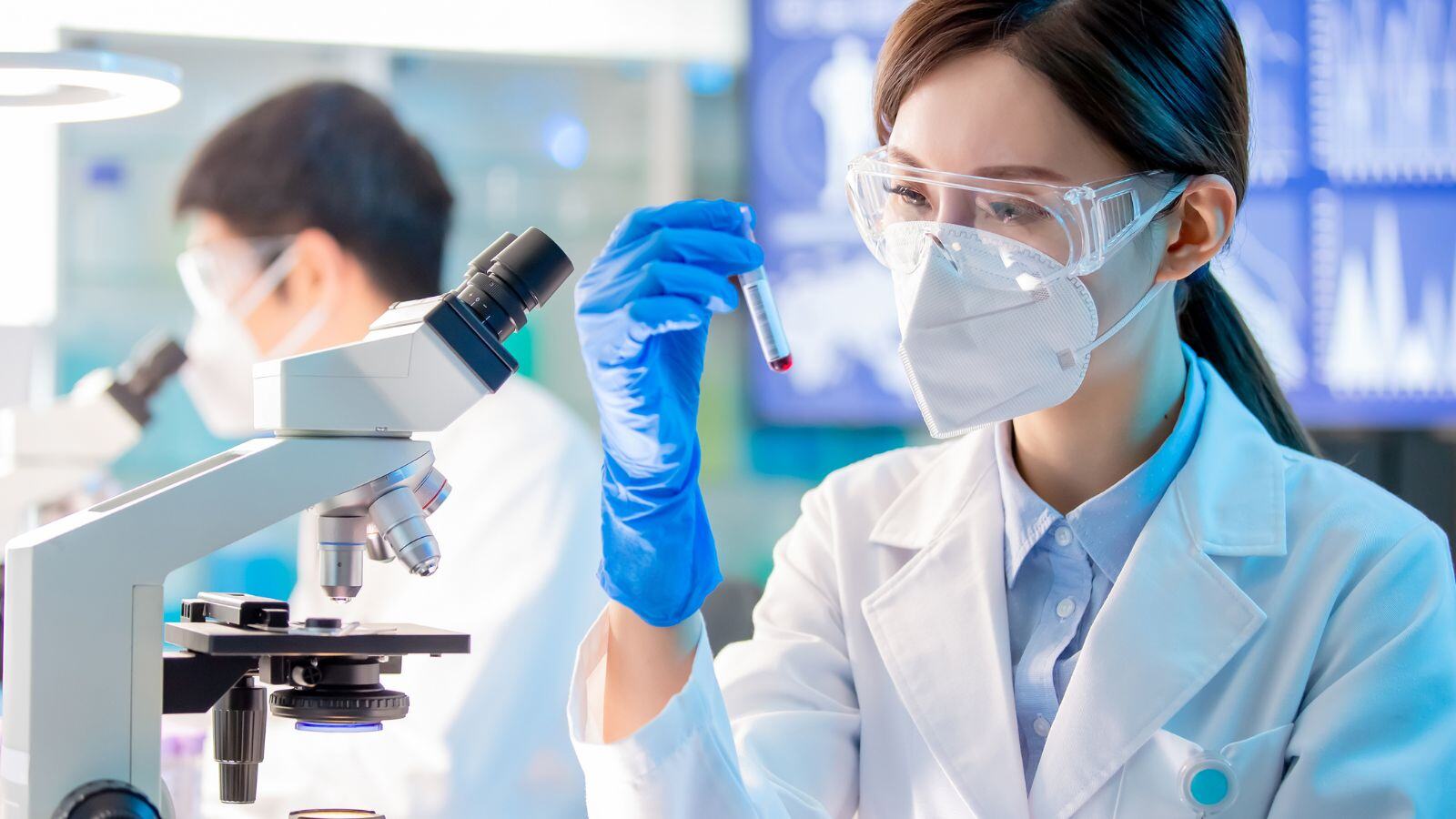
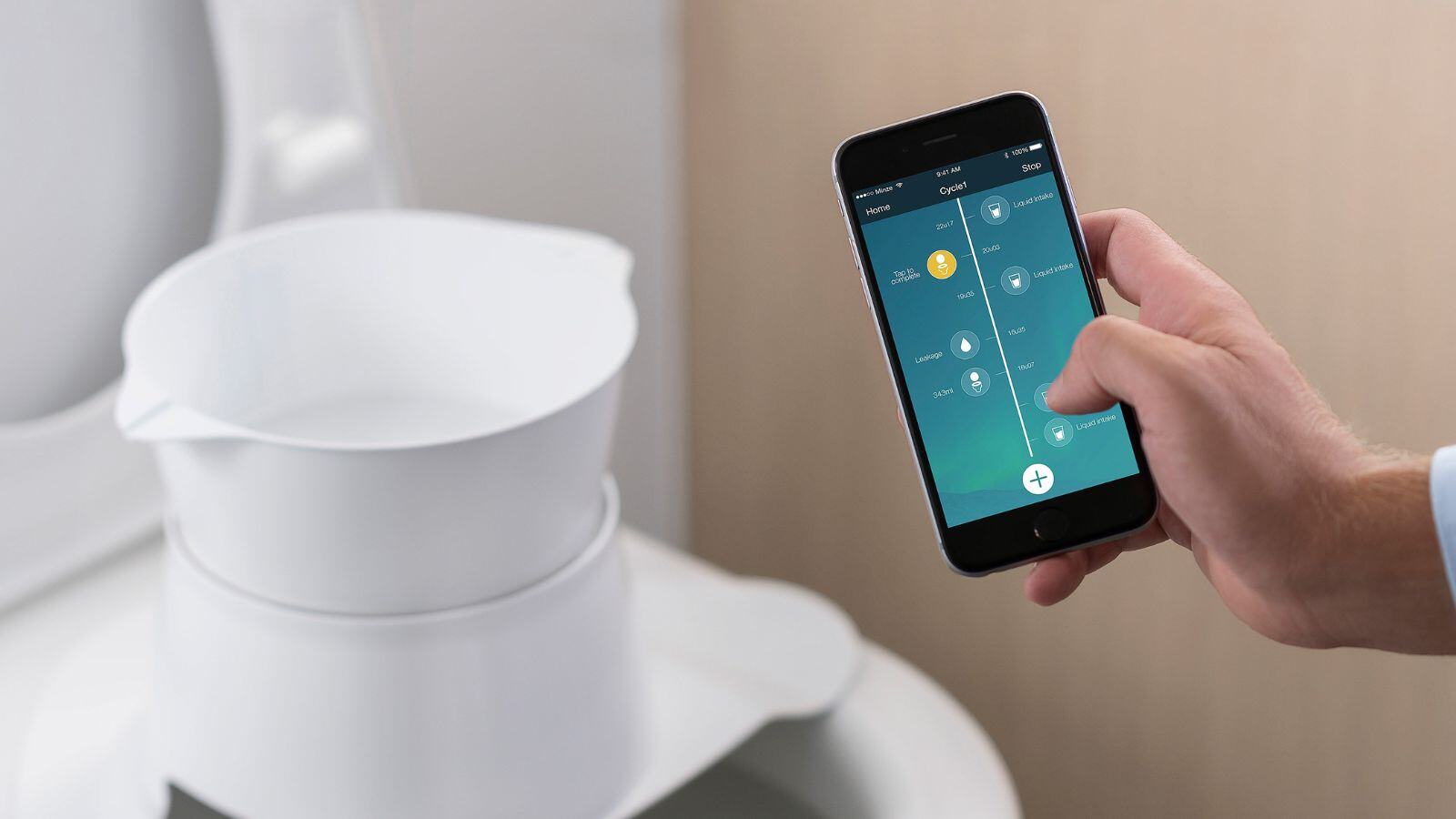
.jpg)
.jpg)
.png)